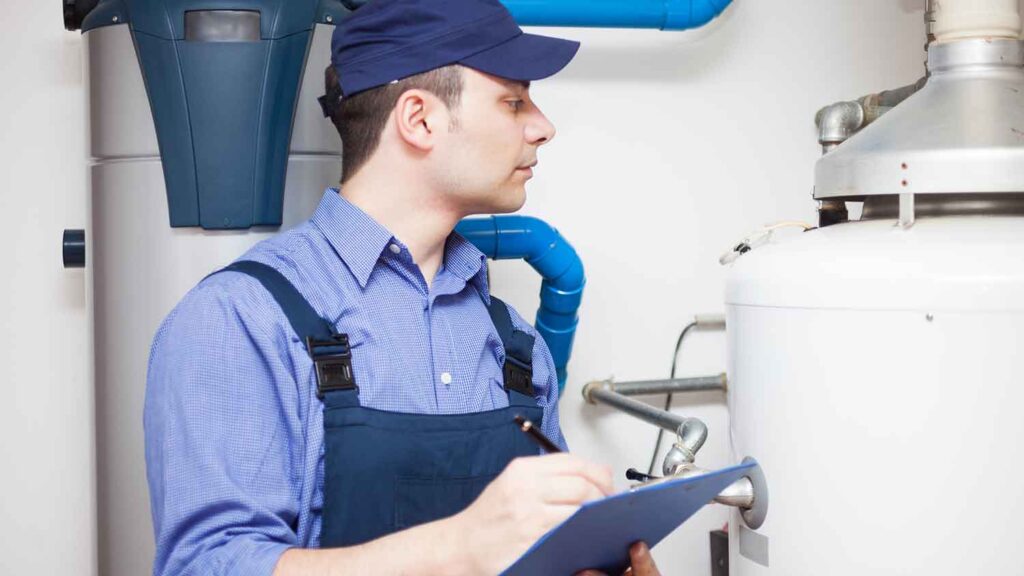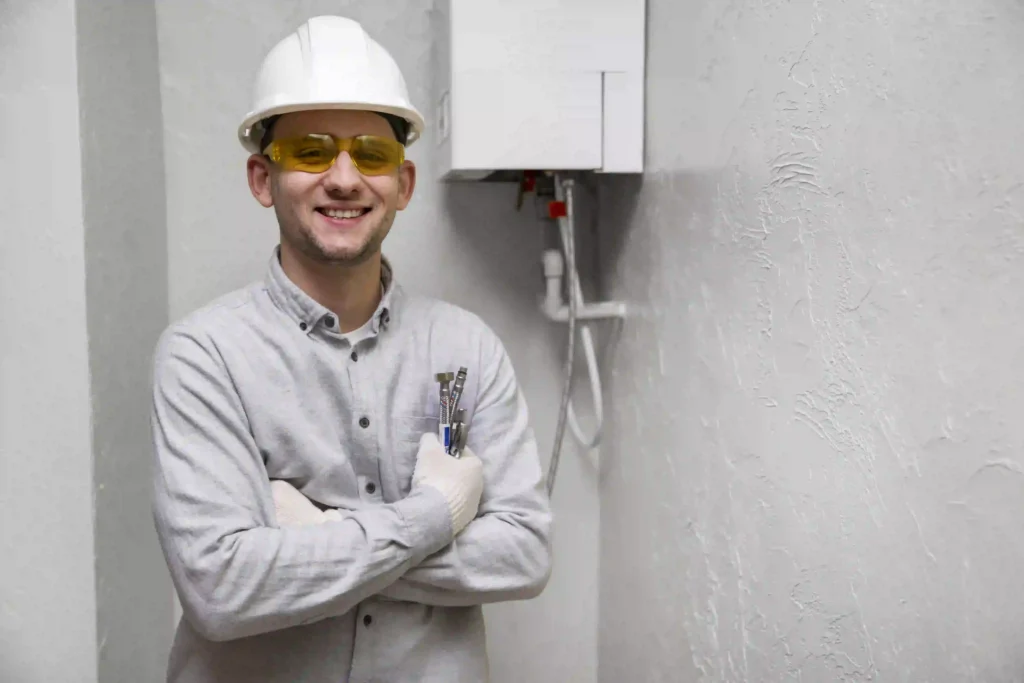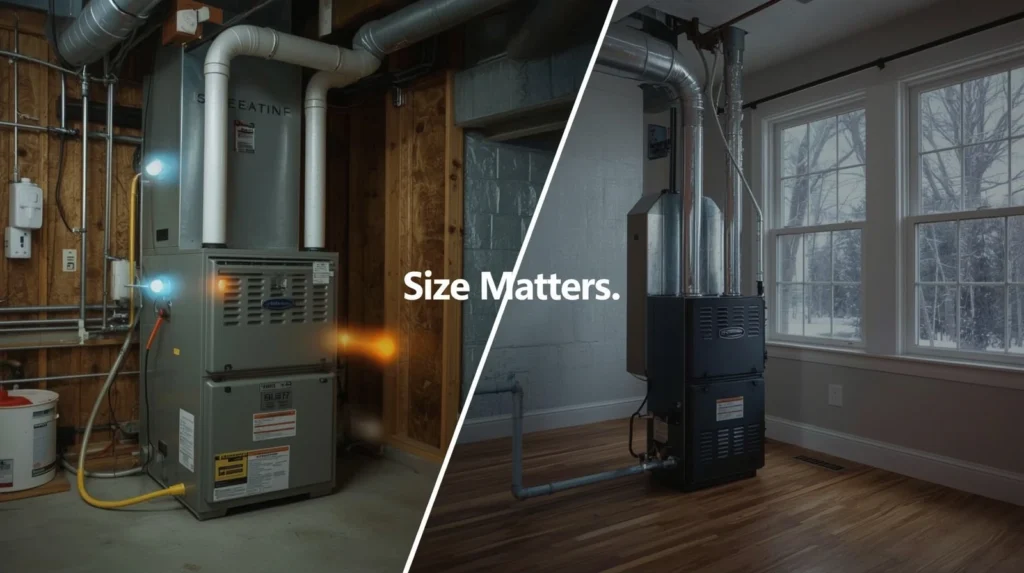What Size Breaker for Water Heater?
When putting in or changing a water heater, one of the maximum unnoticed but essential elements is the breaker size. Many owners wonder, What size breaker for water heater have to I use? Choosing the best length is important to make sure secure operation, save you circuit overload, and defend each your equipment and domestic wiring. At Hutchinson Heating and Air, we`ve guided loads of owners in Temecula, Murrieta, and surrounding regions via right electric powered water heater breaker length choice and set up. Let`s ruin down the entirety you want to know — from primary calculations to expert recommendations — to hold your device secure, efficient, and long-lasting. Why the Correct Breaker Size Matters The breaker for water heater acts as a protection guard. It robotically shuts off the circuit if an excessive amount of contemporary flows, stopping fires, shocks, or harm on your heater. If the breaker is just too small, it’s going to ride time and again and reason inconvenience. If it`s too big, it is able to fail to ride while it have to — growing a severe hearthplace hazard. That`s why right sizing is important, and it`s a key step in each hot water heater circuit breaker size set up we carry out at Hutchinson Heating and Air. Understanding How a Water Heater Draws Power A breaker for electric water heater should be matched with the heater`s energy consumption. Electric water warmers commonly use one or heating factors that convert energy into heat. These factors devour a excessive contemporary, particularly while heating big volumes of water. Therefore, your electric water heater breaker size should cope with the electric load with out exceeding secure limits. A preferred water heater operates at 240 volts and consumes round four,500 watts of energy. Using this information, we will calculate the best breaker length. You may read What Causes a Water Heater to Leak? How to Calculate the Right Breaker Size You can decide the breaker length the use of a easy formula: > Amperage = Wattage ÷ Voltage For example, a four,500-watt water heater going for walks at 240 volts draws: 4,500 ÷ 240 = 18.75 amps However, consistent with the National Electrical Code (NEC), non-stop masses have to perform at 80% capacity — that means the breaker have to be rated for 125% of the load: 18.75 × 1.25 = 23.4amps Since breakers are available in preferred sizes, the excellent fit is a 30-amp double-pole breaker. Standard Recommendation Voltage: 240V Wattage: four,500W Breaker Size: 30A Wire Size: 10-gauge copper (10/2 NM-B) Circuit: Dedicated (no different appliances) Common Breaker and Wire Size Chart Water Heater Capacity Watts Voltage Breaker Size Wire Gauge 20–30 gallons 2,000–2,500W 120V 15–20A. 12 AWG 40–50 gallons 4,500W 240V 30A 10 AWG 60–eighty gallons 5,500W 240V 30A 10 AWG Tankless (Small) 10,000W 240V 50A 6 AWG Tankless (Large) 20,000W+ 240V eighty–100A 4 AWG or thicker Note: Tankless structures require a great deal better breaker capacities because of their immediate heating design. Always have those established via way of means of certified technicians like the ones at Hutchinson Heating and Air. What Happens If You Use the Wrong Breaker Size? Using the incorrect breaker for water heater can cause numerous issues: Constant Tripping If the breaker is just too small (e.g., 20A for a four,500W heater), it’ll ride regularly whilst heating starts. Fire Risk If the breaker is just too large (e.g., 40A for a four,500W heater), it could fail to ride at some point of overload, overheating the wires and developing a hearthplace hazard. Shortened Appliance Lifespan An incorrectly matched breaker can strain the heating factors and wiring, decreasing your water heater`s lifespan. That`s why each hot water heater circuit breaker size or length we deployation at Hutchinson Heating and Air meets NEC requirements and producer specifications. How to Check Your Existing Breaker Size Follow those steps to look into your electric powered water heater breaker length: Turn Off Power: Safety first — transfer off the primary breaker. Open the Panel: Locate the breaker labeled “Water Heater.” Check the Amperage: The rating (e.g., 30A) is outlined at the handle. Cross-Check with Water Heater Specs: Check your heater`s label (generally close to the thermostat get entry to panel) for wattage and voltage details. If the numbers don`t align or you`re unsure, time table an inspection with Hutchinson Heating and Air. Our certified electricians will affirm your setup and make modifications safely. Breaker Size for Tank vs. Tankless Water Heater Traditional Tank Water Heater Usually four,500W at 240V Requires 30A breaker and 10-gauge wire Low non-stop modern draw Tankless Water Heater Uses 10,000–30,000W Requires 50–100A breakers and thicker wire Needs devoted circuits for every heating element Tankless structures are energy-green however want expert set up because of better electric demands. Hutchinson Heating and Air makes a speciality of each tank and tankless water heater structures throughout Temecula and Murrieta. When to Upgrade Your Breaker or Wiring You have to don’t forget upgrading your breaker for electric powered water heater if: Your breaker regularly trips You lately upgraded to a higher-wattage heater You note heat spots at the breaker or wiring Your domestic has old aluminum wiring Our technicians can look at your system, advise the proper warm water heater circuit breaker length, and deal with the rewiring safely. Why Choose Hutchinson Heating and Air? At Hutchinson Heating and Air, we delight ourselves on safe, code-compliant, and expert electric and HVAC services. Whether it`s choosing the proper breaker for electric water heater, upgrading your circuit, or complete water heater set up — we make certain efficiency, protection, and reliability. Here`s why clients accept as true with us: Certified Technicians skilled in HVAC and electric standards Upfront Pricing with out a hidden costs Local Expertise throughout Temecula & Murrieta Fast Same-Day Service Full Compliance with NEC and California constructing codes Conclusion Choosing the right breaker size for your water heater keeps your system safe and efficient. If you’re unsure, it’s best to let a professional handle the
What Size Breaker for Water Heater? Read More »



